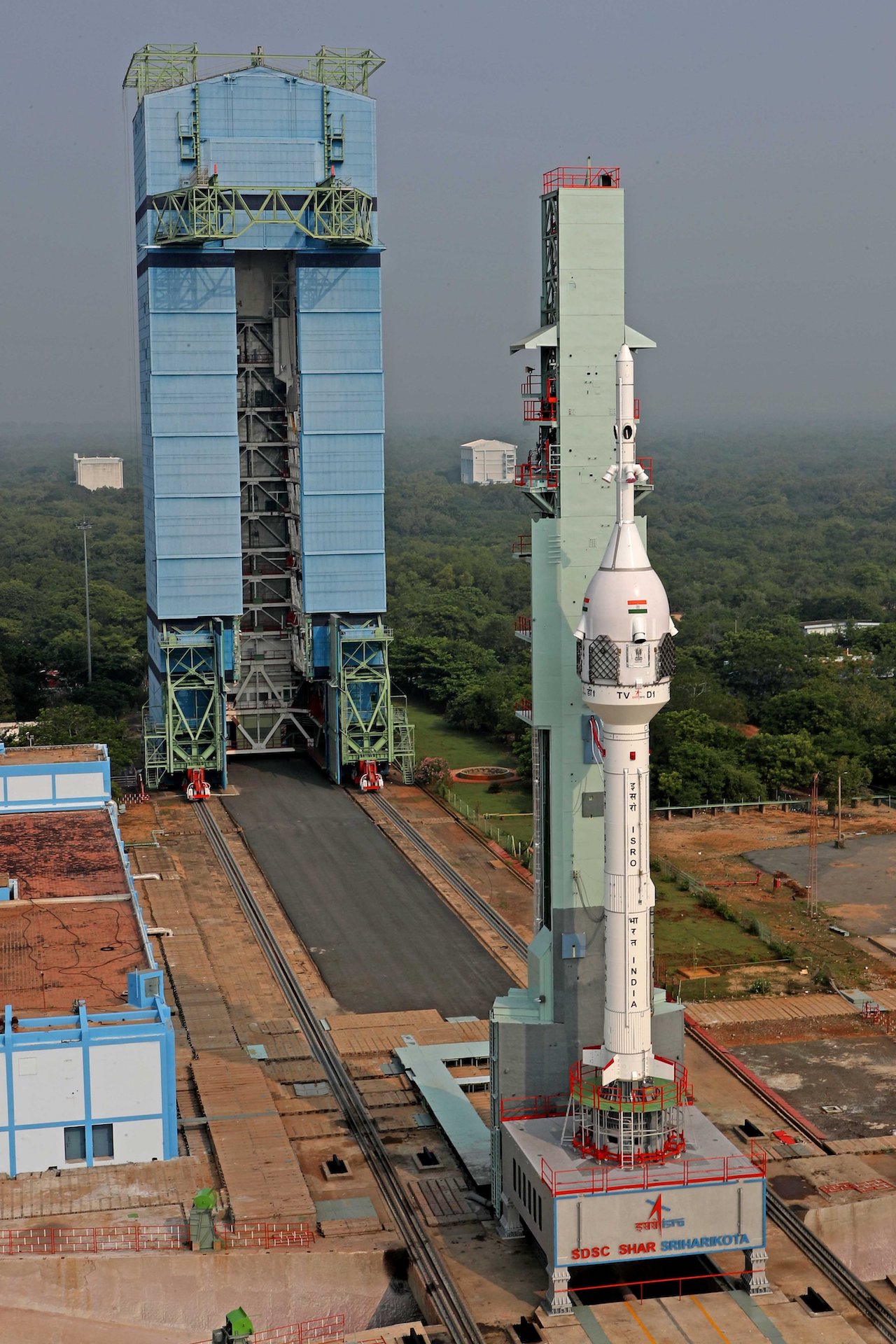India’s Space Agency Prepares for Historic Crew Module Test to Pave the Way for Gaganyaan Mission
Bengaluru, NFAPost: In a monumental stride towards its ambitious Gaganyaan mission, the Indian Space Research Organisation (ISRO) is set to launch a critical Crew Module Test Vehicle mission. Scheduled to lift off from the first launch pad at 8 a.m. on October 21, this single-stage liquid rocket signifies ISRO’s determined foray into human space flight endeavours.
The Gaganyaan mission aims to propel astronauts into a Low Earth Orbit of 400 km for an exhilarating three-day venture, ensuring their safe return to Earth. This milestone test flight, utilizing the Test Vehicle (TV-D1) equipped with a Crew Module, is a pivotal step towards validating the safety protocols for future human missions.
The Crew Module System, a space endowed with an Earth-like environment, is a marvel of engineering. Its dual-walled construction encompasses a pressurized metallic ‘inner structure’ and an unpressurized ‘external structure’ fortified with ‘thermal protection systems’. This innovative design houses critical interfaces, life support systems, avionics, and deceleration mechanisms, guaranteeing crew safety from re-entry to touchdown.
The TV-D1 mission is anticipated to be brief, involving the launch of the Crew Escape Systems and Crew Module at an altitude of 17 km. These components are expected to execute a secure landing in the sea, approximately 10 km off the eastern coast of Sriharikota, and will be promptly retrieved by the Navy from the Bay of Bengal.
With a modified VIKAS engine, the 34.9-meter-tall TV-D1 vehicle has a lift-off weight of 44 tonnes. Its structure, a single-walled unpressurized aluminium construction with a simulated thermal protection system, is designed for an in-flight abort demonstration of the Crew Escape System followed by Crew Module separation and safe recovery.
This crucial test flight campaign is a testament to ISRO’s unwavering commitment to crew safety in space exploration. ISRO Chairman S. Somanath emphasized the importance of aborting missions prior to the human space flight program. The prerequisites for the Gaganyaan mission encompass the development of cutting-edge technologies, including human-rated launch vehicles, life support systems, and crew emergency escape provisions.
The imminent launch of a human-rated LVM 3 rocket carrying the Orbital Module to a Low Earth Orbit of 400 km marks a significant milestone in India’s space odyssey. While the Crew Module for the Test Vehicle Abort Mission 1(TV-D1) is an unpressurized version, its size and weight mirror those of the actual Crew Module for the Gaganyaan mission. Equipped with a suite of advanced systems for deceleration and recovery, including a set of parachutes, this first test flight promises to capture invaluable data for comprehensive system evaluation.
As ISRO embarks on this historic journey, the scientific community and space enthusiasts worldwide await the results of this pivotal Crew Module Test Vehicle mission, which sets the stage for India’s momentous foray into human space exploration.





